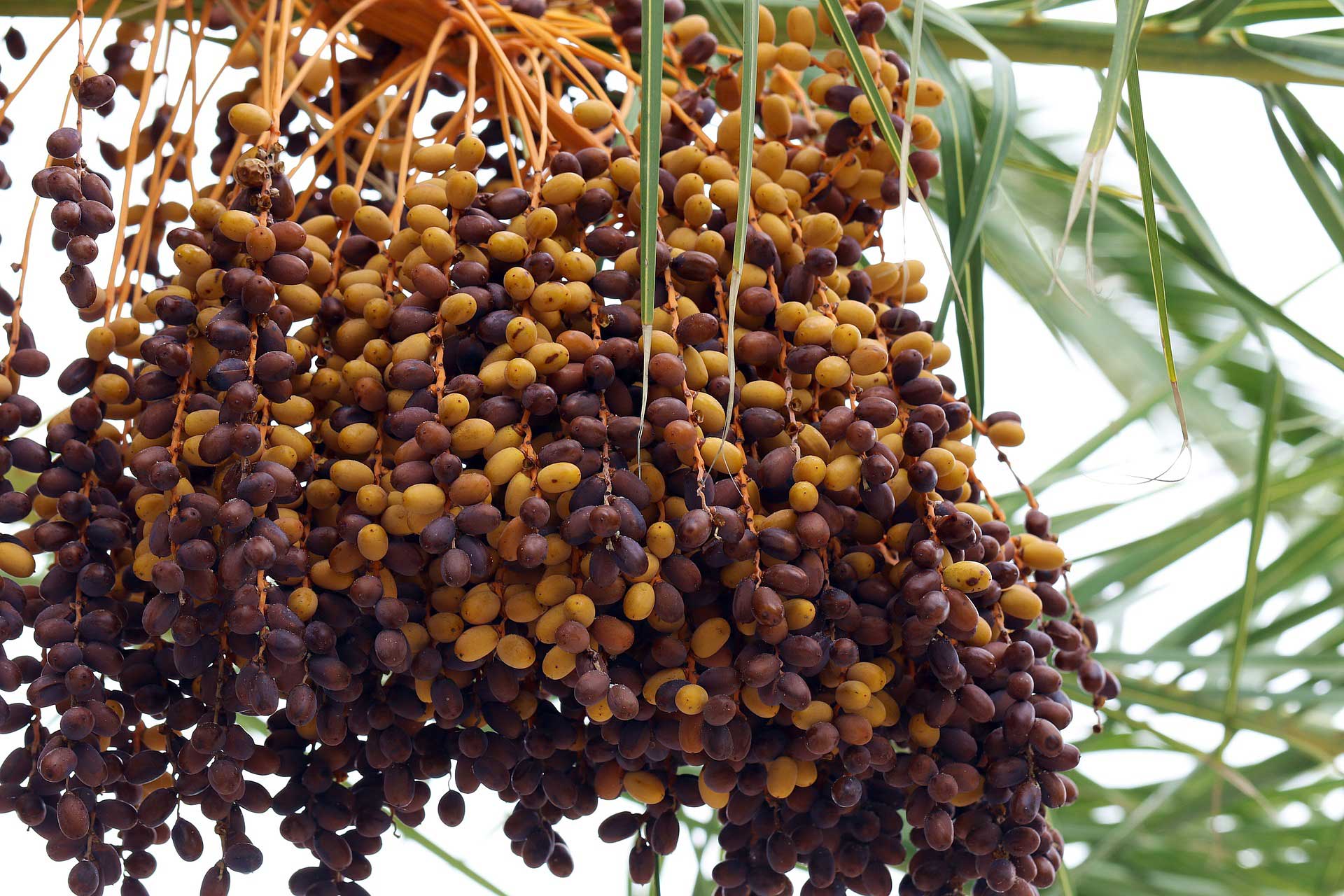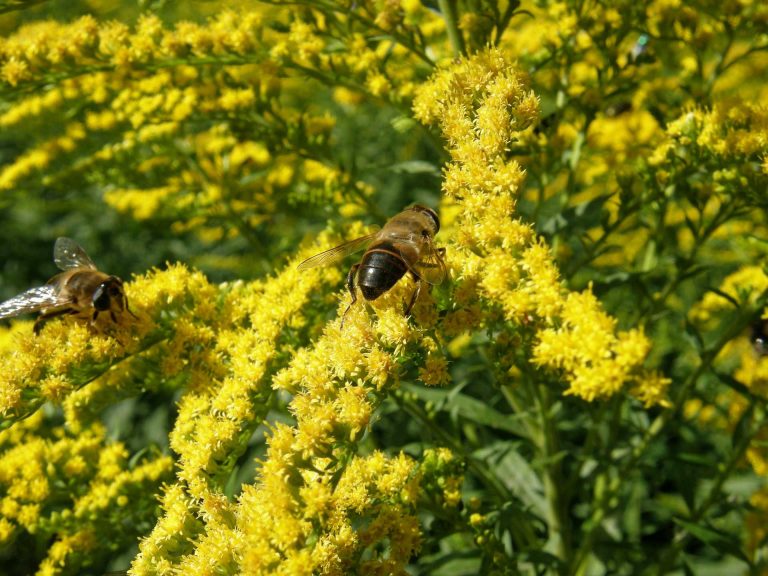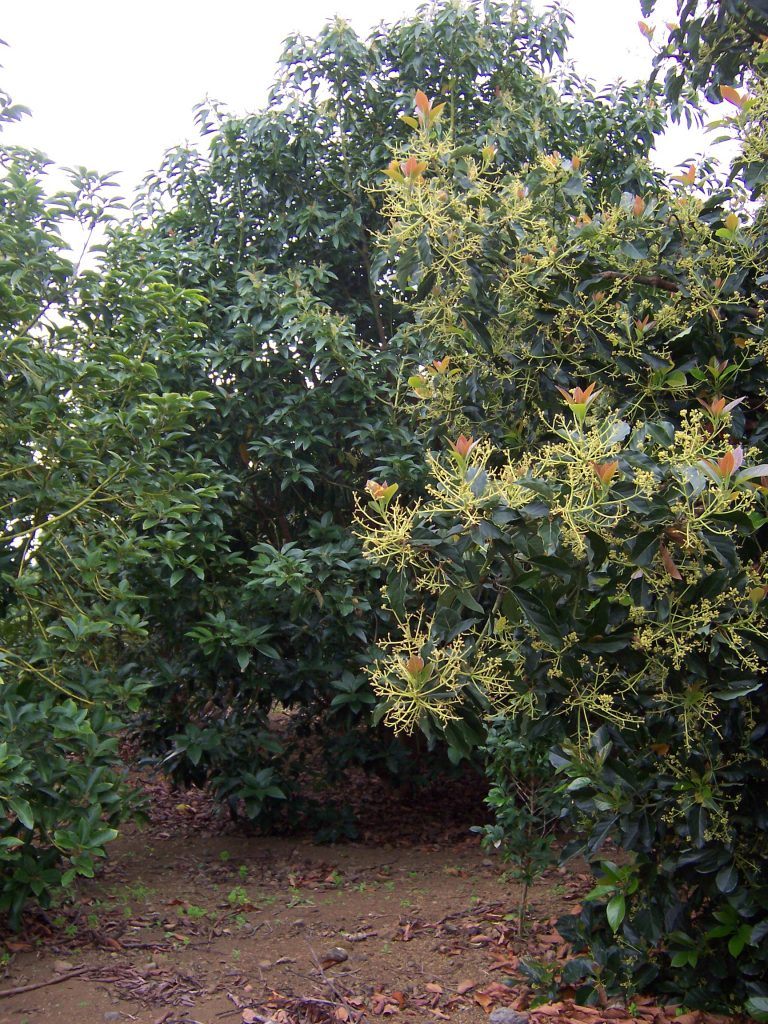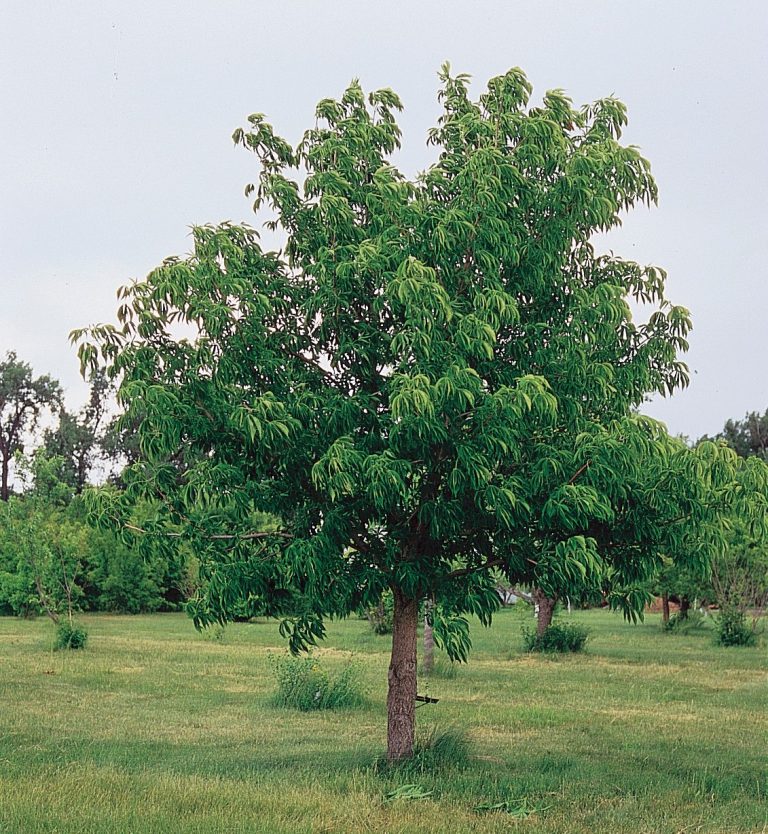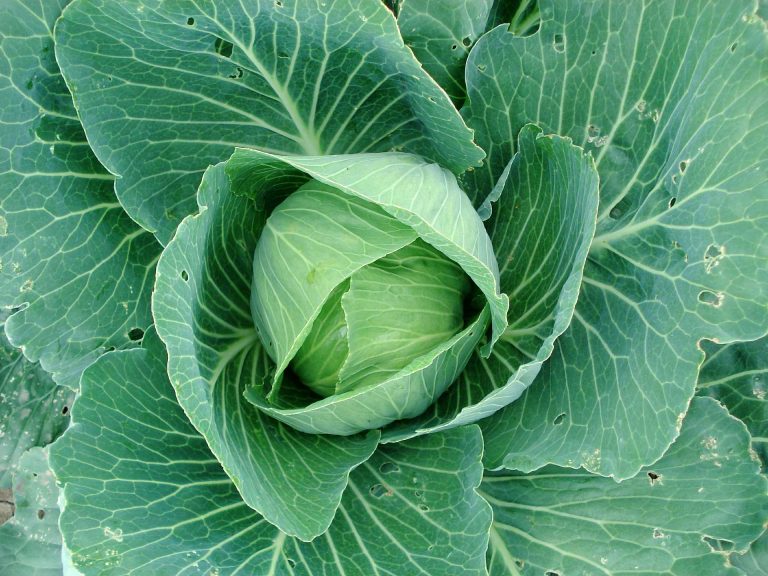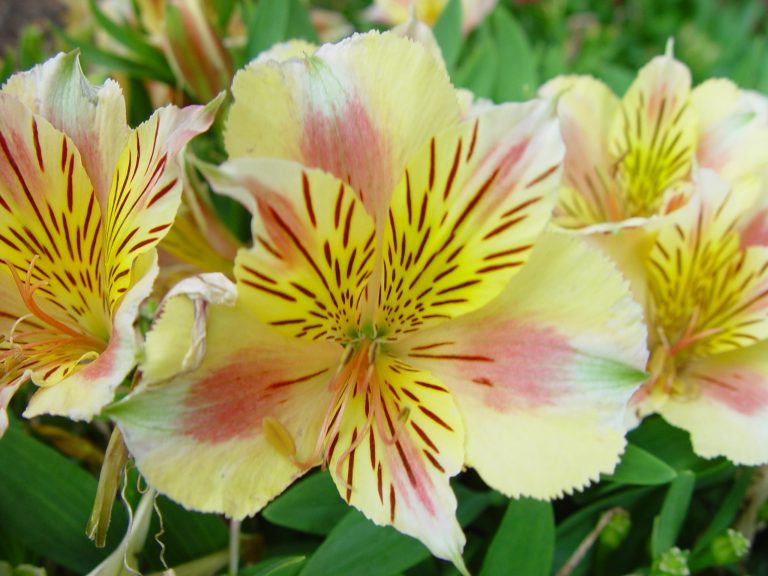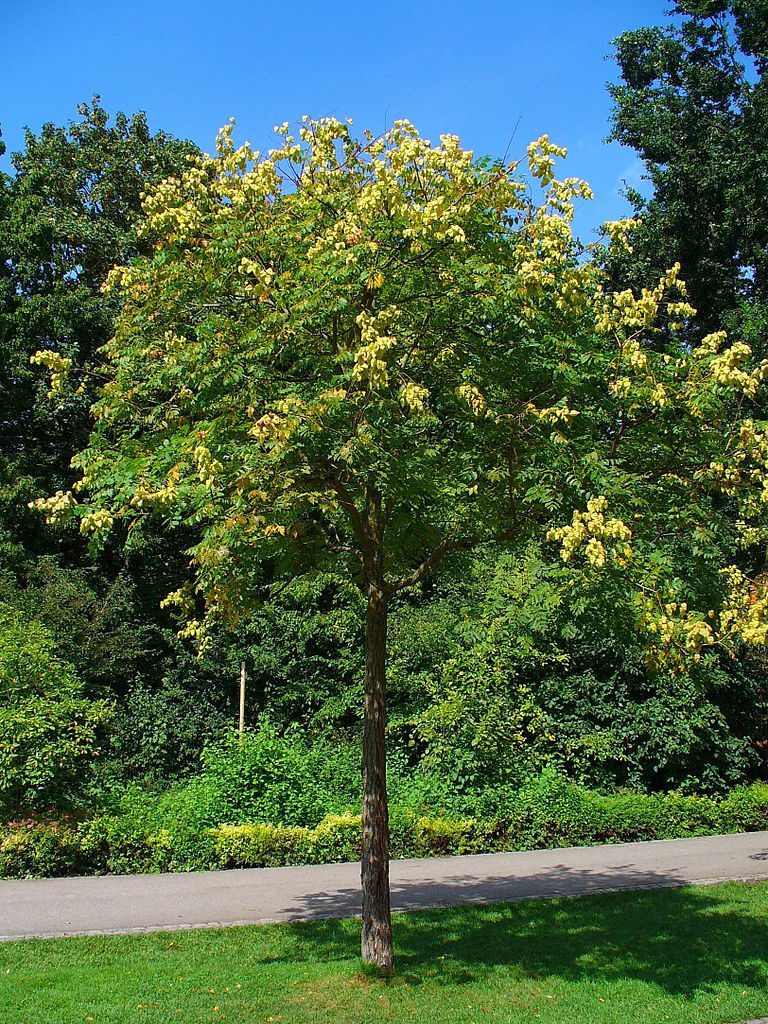Date Fruit
Scientific Classification
| Kingdom: | Plantae |
| (unranked): | Angiosperms |
| (unranked): | Monocots |
| (unranked): | Commelinids |
| Order: | Arecales |
| Family: | Arecaceae |
| Genus: | Phoenix |
| Species: | P. dactylifera |
| Binomial name: | Phoenix dactylifera |
Phoenix dactylifera (date or date palm) belongs to the Pheonix genus. People grow the fruit because it is sweet and edible.
Anatomy
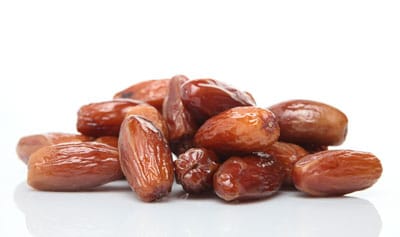
The date fruit a product of the date palm. Dates are oval and cylindrical in shape of diameter 2-3 cm (0.79 – 1.18 in) and have a length of 3 – 7 cm. The color of the ripe date is deep red to deep yellow, and that varies according to varieties. Embedded in the outer fleshy part of the date is a single seed of length around 2-2.5 cm (0.79 – 0.98 in) and of thickness 6 – 8 mm (0.24 – 0.31 in).
History
Thousands of` years ago the Indus Valley and Middle East used these dates as their staple food.Strong beliefs exist that this fruit originated from Iraq, and since ancient times people cultivated them in Mesopotamia in the primitive era in Egypt, perhaps at 4000 BCE. As regards the date of cultivation in the Eastern Arabia, archeological evidence exists of their cultivation as long ago as 6000 BCE.
Habitat
Even though date fruit is grown in many parts of the world, it is originally a native of the Middle East and Northern Africa.
GROWING AT HOME
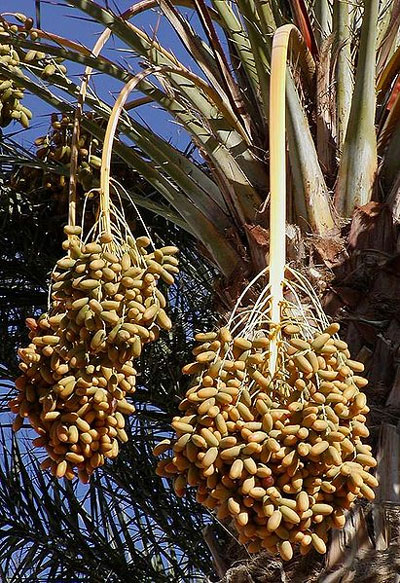
Soil for Planting
The best result in cultivation of date fruit is with prolonged summer months of long days and cool nights, a calm frost-free winter, and no rain when of flowering and formation of fruits. The other requirements are enough of sunshine and low RH. They estimate that berries get fully mature with the best quality dates with a heat source of 3300 units (base 10°C)
Planting
palm fruit tree needs a big hole, thrice as wide as the container of the nursery in which you buy it. Plant your date palm tree in the prepared hole, fill the hole with the soil up to the surface and dust your hand dirt down. Ensure that the beginning of the roots of the date palm is near the surface of the soil when planted.
Watering
Even though date trees consume as much of water as a willow tree, they cannot tolerate humidity or rain. This is the reason dates need hot desert climate for growing. In such places the average rainfall is below 3 inches per year and the temperature over year in summer exceeds 120° F.
Temp and Humidity
Date palm grows in semi-dry and dry regions with hot and long summers, free of rainfall (or at most low). When it ripens, the level of relative humidity is very low. The date palm tolerates very high temperature (+56°C) for many days with irrigation. During the winter season, they tolerate temperatures less than 0°C.
Care
Keep the surrounding area of the date tree void of weeds and grass as this leads to humidity. For the purpose of flooding irrigation and providing water at the roots of the tree build special “borders” around the tree. In order to nourish your date palm and maintain them healthy, supplement them with specially formulated fertilizer. During every growing season, fertilize them twice.
Harvest Month and Storage
The US states of Arizona and California reap their produce during the month of March and September. Sometimes they hang many of the dates on the tree itself, for it to “cure” and slightly dry. The “fresh dates” you get at most of the specialty grocery stores they are absolutely delicious.
Fresh dates are semi-dried and they last for some time. Store them in sealed containers kept at room temperature. They last for about two months.
Varieties
In the Middle East you see several types of dates. The Deglet Noor dates are the usual ones available in the US they are semi-soft, slightly chewable and slim. The other variety of dates Medjool dates they are tender and fleshy.

Having discovered a fondness for insects while pursuing her degree in Biology, Randi Jones was quite bugged to know that people usually dismissed these little creatures as “creepy-crawlies”.

